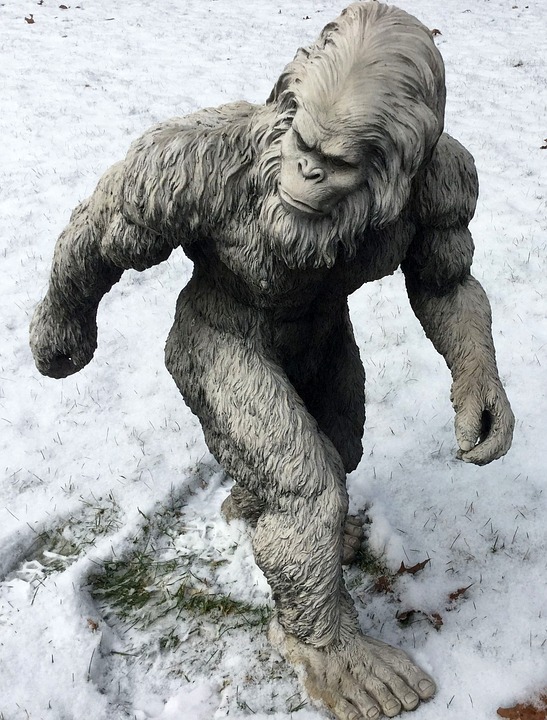Remains of a Warrior Woman Found in Siberia
Archaeologists in Siberia have unearthed a 2,500-year-old grave holding the remains of four people from the ancient Tagar culture — including two warriors, a male and female — and a stash of their metal weaponry. The early Iron Age burial contained the skeletal remains of a Tagarian man, woman, infant and older woman, as well as a slew of weapons and artifacts, including bronze daggers, knives, axes, bronze mirrors and a miniature comb made from an animal horn, according to the Siberian Branch of the Russian Academy of Sciences. The Tagar culture, a part of the Scythian civilization (nomadic warriors who … Read more





